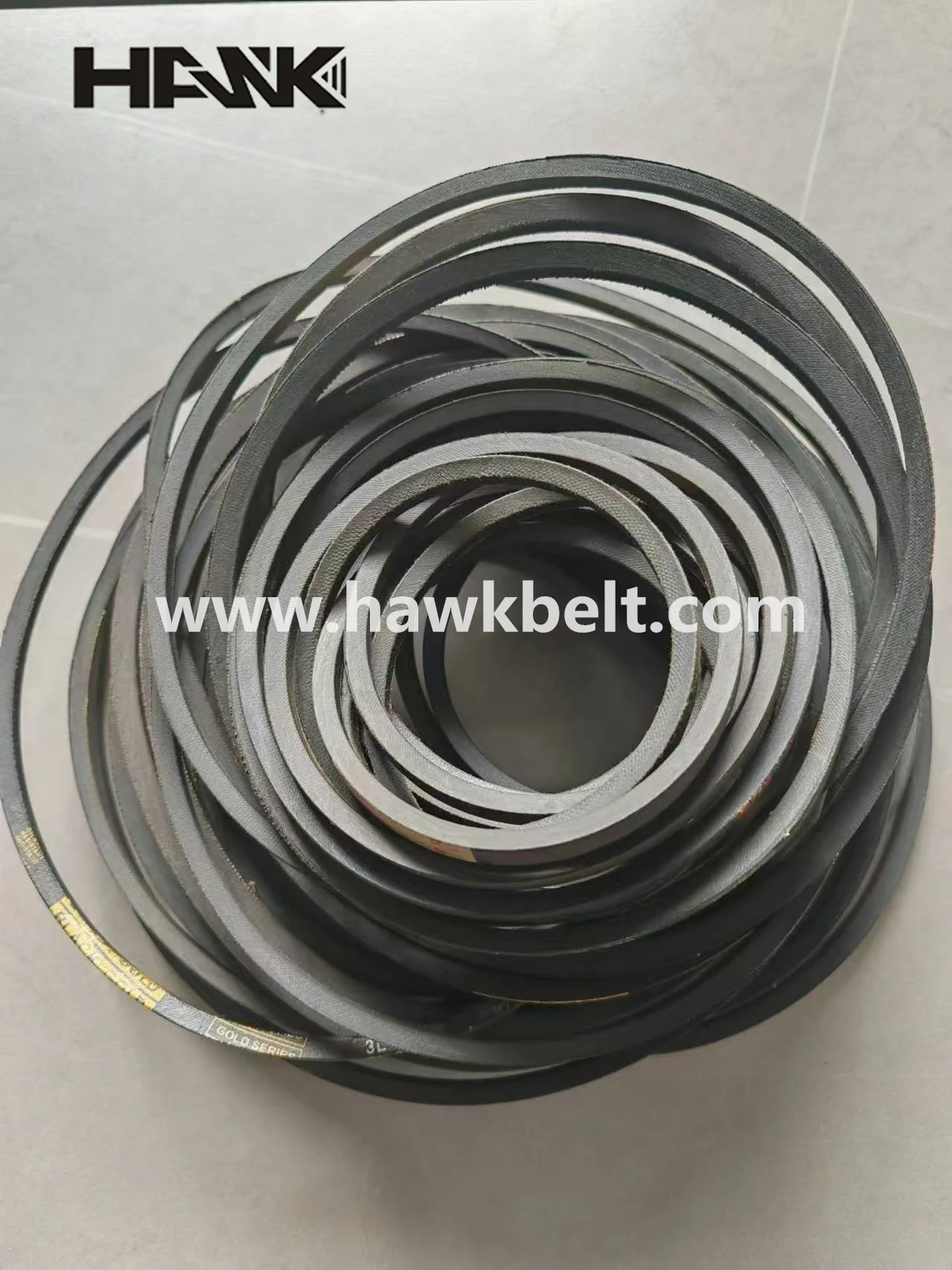- Arabic
- French
- Russian
- Spanish
- Portuguese
- Turkish
- Armenian
- English
- Albanian
- Amharic
- Azerbaijani
- Basque
- Belarusian
- Bengali
- Bosnian
- Bulgarian
- Catalan
- Cebuano
- Corsican
- Croatian
- Czech
- Danish
- Dutch
- Afrikaans
- Esperanto
- Estonian
- Finnish
- Frisian
- Galician
- Georgian
- German
- Greek
- Gujarati
- Haitian Creole
- hausa
- hawaiian
- Hebrew
- Hindi
- Miao
- Hungarian
- Icelandic
- igbo
- Indonesian
- irish
- Italian
- Japanese
- Javanese
- Kannada
- kazakh
- Khmer
- Rwandese
- Korean
- Kurdish
- Kyrgyz
- Lao
- Latin
- Latvian
- Lithuanian
- Luxembourgish
- Macedonian
- Malgashi
- Malay
- Malayalam
- Maltese
- Maori
- Marathi
- Mongolian
- Myanmar
- Nepali
- Norwegian
- Norwegian
- Occitan
- Pashto
- Persian
- Polish
- Punjabi
- Romanian
- Samoan
- Scottish Gaelic
- Serbian
- Sesotho
- Shona
- Sindhi
- Sinhala
- Slovak
- Slovenian
- Somali
- Sundanese
- Swahili
- Swedish
- Tagalog
- Tajik
- Tamil
- Tatar
- Telugu
- Thai
- Turkmen
- Ukrainian
- Urdu
- Uighur
- Uzbek
- Vietnamese
- Welsh
- Bantu
- Yiddish
- Yoruba
- Zulu
অক্টো. . 14, 2024 10:49 Back to list
Durable Neoprene Timing Belts for Enhanced Performance and Reliability in Machinery
The Advantages of Neoprene Timing Belts An In-Depth Look
Timing belts play a crucial role in the mechanical systems of various machines and vehicles, ensuring precise synchronization between rotating shafts. Among the materials used to manufacture these essential components, neoprene stands out for its unique properties and wide-ranging applications. This article explores the advantages of neoprene timing belts and their importance in various industries.
Introduction to Neoprene
Neoprene, a synthetic rubber originally developed in the 1930s, is known for its versatility and resilience. The material is identified by its ability to withstand harsh environmental conditions, making it an ideal choice for many industrial applications. Neoprene is resistant to oils, chemicals, and temperature fluctuations, which enhances its durability compared to other materials used in timing belt production.
Advantages of Neoprene Timing Belts
1. Durability and Longevity Neoprene timing belts are designed to endure substantial wear and tear over extended periods. Their robust nature prevents them from cracking or drying out, which can often be a significant failure point for other types of belts. This longevity translates to fewer replacements and reduced maintenance costs over time.
2. Temperature Resistance Timing belts frequently operate in environments with varying temperatures. Neoprene can tolerate a wide temperature range, typically from -40°F to 220°F (-40°C to 104°C). This attribute makes neoprene timing belts suitable for automotive engines, industrial machinery, and applications that experience extreme thermal conditions.
3. Chemical Resistance Neoprene is inherently resistant to a variety of chemicals, including oils and solvents. This resistance makes neoprene timing belts an excellent choice for applications in the automotive and manufacturing sectors, where exposure to such substances is common. The ability to maintain performance in the presence of harsh chemicals reduces the likelihood of belt degradation.
neoprene timing belt

4. Minimal Stretch One of the critical functions of timing belts is to maintain precise timing and synchronization in mechanical systems. Neoprene timing belts exhibit minimal stretch over time, which means they maintain their tension and alignment better than belts made from other materials. This precision is crucial in high-performance engines and machinery where precise timing is essential for optimal performance.
5. Flexibility and Strength Neoprene offers a remarkable balance of flexibility and strength. This combination allows the timing belt to bend around pulleys and shafts without losing its structural integrity. The flexible nature of neoprene also aids in reducing vibrations and noise, leading to a smoother operation of the machinery.
6. Cost-Effectiveness While neoprene timing belts may have a higher upfront cost compared to other materials, their durability and lower maintenance requirements often make them a more cost-effective choice in the long run. The reduction in downtime and the extended lifespan of neoprene timing belts contribute to overall savings for businesses and consumers alike.
Applications of Neoprene Timing Belts
Neoprene timing belts are utilized across various industries, including automotive, aerospace, manufacturing, and robotics. In automotive engines, they synchronize the crankshaft and camshaft, ensuring that the engine runs smoothly and efficiently. In manufacturing, neoprene timing belts are used in conveyor systems, helping to move materials swiftly and reliably.
Conclusion
Neoprene timing belts represent a significant advancement in the design and functionality of mechanical systems. Their durability, temperature and chemical resistance, minimal stretch, and cost-effectiveness make them a preferred choice for many applications. As industries continue to evolve and require more reliable components, the demand for neoprene timing belts will likely increase, cementing their place as a critical element in modern machinery. Investing in high-quality neoprene timing belts is a wise decision for those seeking improved performance and longevity in their mechanical systems.
-
Korean Auto Parts Timing Belt 24312-37500 For Hyundai/Kia
NewsMar.07,2025
-
7PK2300 90916-T2024 RIBBED BELT POLY V BELT PK BELT
NewsMar.07,2025
-
Chinese Auto Belt Factory 310-2M-22 For BMW/Mercedes-Benz
NewsMar.07,2025
-
Chinese Auto Belt Factory 310-2M-22 For BMW/Mercedes-Benz
NewsMar.07,2025
-
90916-02660 PK Belt 6PK1680 For Toyota
NewsMar.07,2025
-
drive belt serpentine belt
NewsMar.07,2025

